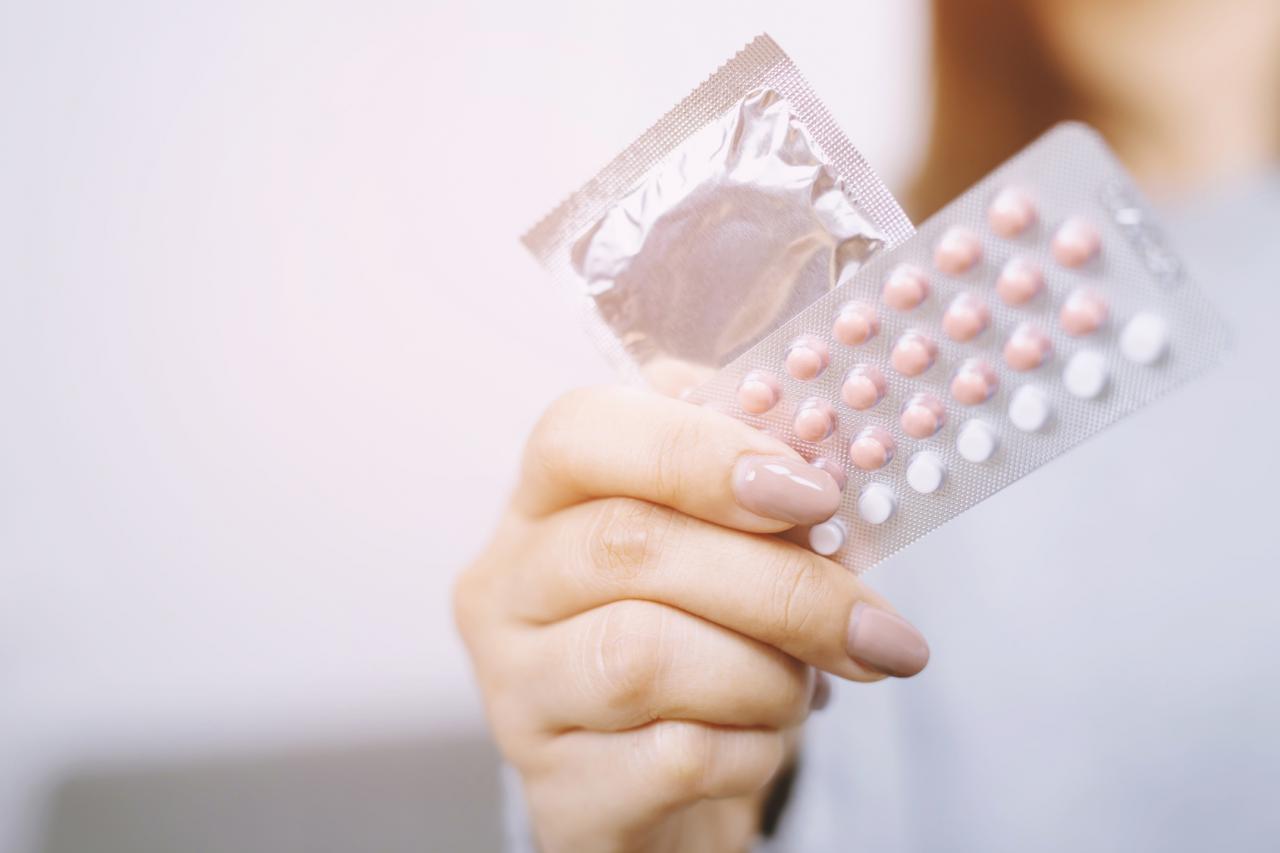 Photo: Getty Images
Photo: Getty Images
Gonorrhea, an infection passed on through sexual contact, affects both male and female. The bacterium called Neisseria gonorrhoeae can infect the urethra, rectum, throat and/or cervix. Babies, however, can be born infected due to having an infected mother.
Sometimes a person will not have symptoms. This is why if you are sexually active and engage in risky behaviors (having sex without a condom) it is important to be regularly tested for any sexually transmitted diseases (STD).
More importantly, however, it is advisable to be monogamous or at least use a condom to prevent any STDs, including gonorrhea.
But when having symptoms, if you are a man, they may include:
• Painful urination
• Pus-like discharge from the tip of the penis
• Pain or swelling in one testicle
But when having symptoms, if you are a woman, they may include:
• Increased vaginal discharge
• Painful urination
• Vaginal bleeding between periods, such as after vaginal intercourse
• Abdominal pain
• Pelvic pain
Below are symptoms of gonorrhea that can affect either men or women:
• Rectum: anal itching, pus-like discharge from the rectum, spots of bright red blood on toilet tissue and having to strain during bowel movements.
• Eye: eye pain, sensitivity to light, and pus-like discharge from one or both eyes.
• Throat: a sore throat and swollen lymph nodes in the neck.
• Joints: joints become infected by bacteria (septic arthritis), the affected joints may be warm, red, swollen and extremely painful, especially when you move an affected joint.
When you notice any of these symptoms, it is best to seek medical help. This STD left unchecked can cause:
Infertility in women
Infertility in men
Infection that spreads to the joints and other areas of the body
Increased risk of HIV/AIDS
Health complications for newborns
Treatment
So, is gonorrhea curable? Yes, with the help of antibiotics. After your doctor gives you a urine test or even swabbing the affected areas -- be it the throat, urethra, vagina or rectum -- and when results are confirmed by a laboratory, you will be given appropriate antibiotics to take.
It is strongly recommended that your partner undergo testing and treatment as well. According to the CDC, "People who have had gonorrhea and have been treated can get the disease again if they have sexual contact with persons infected with gonorrhea."
For babies born with gonorrhea, treatment can be given, especially for the eyes since gonorrhea affects this area most often in babies. However, for the safety of the unborn child, mothers should be tested as early as possible so treatment can be administered and the baby can be born under the safest conditions possible.
Resources:
Gonorrhea. MayoClinic.com. Web. 18 September 2011.
http://www.mayoclinic.com/health/gonorrhea/DS00180
Gonorrhea – CDC Fact Sheet. Centers for Disease Control and Prevention. Web. 18 September 2011.
http://www.cdc.gov/std/gonorrhea/stdfact-gonorrhea.htm
Dita has a blog that discusses women’s issues. Please check it out at:
http://redtoenails.wordpress.com/category/fashion-statement/
Reviewed September 19, 2011
by Michele Blacksberg RN
Edited by Jody Smith




Add a CommentComments
There are no comments yet. Be the first one and get the conversation started!